How to Start a Blog
Part 1 of 3:
Creating a Successful Blog
-
 Come up with a list of interests. Before you define your blog's intention, you should have a general idea of what you want to write about. The sky is the limit when it comes to your blog's category, but common topics include the following:
Come up with a list of interests. Before you define your blog's intention, you should have a general idea of what you want to write about. The sky is the limit when it comes to your blog's category, but common topics include the following:- Gaming
- Style
- Politics/Social Justice/Activism
- Cooking/Food
- Travel
- Business/Company
-
 Know what not to blog about. Things like private information—both yours and other people's—and personal details that you don't want to share with people close to you shouldn't be topics for your blog.
Know what not to blog about. Things like private information—both yours and other people's—and personal details that you don't want to share with people close to you shouldn't be topics for your blog.- If you have a job that required you to sign an NDA (non-disclosure agreement), you should avoid discussing activities or topics outlined in the NDA.
- Blogging about other people is fine as long as you don't harass or discriminate against them, but be aware that they may see your content and retaliate.
-
 Consider your blog's intention. While having in mind a blog topic is a good start, your blog needs a specific direction in order to get off the ground. Common reasons for blogging include one (or a combination) of the following, though you can certainly find your own inspiration:[1]
Consider your blog's intention. While having in mind a blog topic is a good start, your blog needs a specific direction in order to get off the ground. Common reasons for blogging include one (or a combination) of the following, though you can certainly find your own inspiration:[1]- Teach something — Best-suited to instructional blogs (e.g., DIY projects).
- Document your experience — Good for travel blogs, fitness challenges, and so on.
- Entertain — Well-suited to a variety of mediums such as comedy writing, fan-fiction, and so on.
- Call to action — Commonly used for your business or company blog.
- Inspire others — This is a category that can stand on its own, but may best fit any of the other intentions in this section.
-
 Check out other blogs in your category. Once you've established your blog's topic and goal, research other blogs that use the same topic and/or your preferred style of writing to see how they engage their audiences.
Check out other blogs in your category. Once you've established your blog's topic and goal, research other blogs that use the same topic and/or your preferred style of writing to see how they engage their audiences.- You shouldn't outright copy a blog you admire, but you can take inspiration from the tone, layout, or language used for the blog content itself.
-
 Brainstorm blog specifics. The last two things you should know before you actually make your blog are the blog's name and how you want the blog to look:[2]
Brainstorm blog specifics. The last two things you should know before you actually make your blog are the blog's name and how you want the blog to look:[2]- Blog name — Come up with a name that you feel comfortable sharing with others. This may be a combination of your interests, your blog's content, and/or a nickname; just make sure that your blog's title is both unique and easy to remember.
- Blog design — You probably won't be able to design your blog's layout exactly the way you want to, but having a general idea of the color scheme and font type before you go to create your blog will make it easier to find a template you like.
-
 Create your blog using a reputable platform. Common blog platforms include WordPress, Blogger, and Tumblr, but you can choose any commonly used service you like. Once you've selected a service, your blog creation process will usually look something like this:
Create your blog using a reputable platform. Common blog platforms include WordPress, Blogger, and Tumblr, but you can choose any commonly used service you like. Once you've selected a service, your blog creation process will usually look something like this:- Open the service's website on your computer.
- Create an account (preferably a free one to start).
- Enter your desired blog name, then pick a URL.
- Select a blog layout and any other requested details.
-
 Promote your blog on social media. Once you've created your blog and made a few posts, you can increase your blog traffic by posting a link to your blog on social media sites such as Facebook and Twitter.[3]
Promote your blog on social media. Once you've created your blog and made a few posts, you can increase your blog traffic by posting a link to your blog on social media sites such as Facebook and Twitter.[3]- You might even consider using the blog's address in your bio or as your "Company Website" on social media.
-
 Research keywords for your posts. "Keywords" are words which both pertain to your blog's topic and have a high search engine rating. Using keywords in your blog posts will make it easier for people who look up those words to find your content.[4]
Research keywords for your posts. "Keywords" are words which both pertain to your blog's topic and have a high search engine rating. Using keywords in your blog posts will make it easier for people who look up those words to find your content.[4]- Keyword generator sites such as http://ubersuggest.io/ or https://keywordtool.io/ will come up with a list of words that relate to your blog's topic.
- Re-check the keywords you use every time you create a blog post.
- If you fit the keywords into your posts in a natural way, search engines will be more likely to pick up on your blog than if you just scatter them throughout the posts.
-
 Get your blog indexed by Google. Ensuring that your blog is indexed by Google will increase your search engine ranking, making it easier for people to find your blog when they look up related keywords.[5]
Get your blog indexed by Google. Ensuring that your blog is indexed by Google will increase your search engine ranking, making it easier for people to find your blog when they look up related keywords.[5] -
 Use images in your posts. One thing that search engines tend to prioritize over all else is image use, so make sure your posts have high-quality images attached to them.[6]
Use images in your posts. One thing that search engines tend to prioritize over all else is image use, so make sure your posts have high-quality images attached to them.[6]- You may get bonus points for original photos.
- Users tend to appreciate visual input alongside text, so adding images to your blog is a good idea even if you aren't worried about search engine optimization.
-
 Keep posting content. Little will cause your blog to stop drawing in traffic faster than not posting for a long period of time (or posting erratically). Develop a posting schedule that allows you to post at least once per week and stick to it.
Keep posting content. Little will cause your blog to stop drawing in traffic faster than not posting for a long period of time (or posting erratically). Develop a posting schedule that allows you to post at least once per week and stick to it.- Missing a post by a day or two once in a while is fine, though you should consider making a note on social media that your post will be late.
- Fresh content will also help keep your blog near the top of search engine results.
Part 2 of 3:
Creating a Blog in WordPress
-
 Open WordPress. Go to https://wordpress.com/ in your computer's web browser.[7]
Open WordPress. Go to https://wordpress.com/ in your computer's web browser.[7] -
 Click Get Started. It's a link in the upper-right corner of the page.
Click Get Started. It's a link in the upper-right corner of the page. -
 Fill out the blog creation form. Enter your information into the following fields:
Fill out the blog creation form. Enter your information into the following fields:- What would you like to name your site? — Enter your blog's name here.
- What will your site be about? — Type in a one-word category, then click a category that fits your blog in the resulting drop-down menu.
- What's the primary goal you have for your site? — Type in a one-word category, then click a category that fits your blog in the resulting drop-down menu.
- How comfortable are you with creating a website? — Click one of the numbers at the bottom of the page.
-
 Click Continue. It's at the very bottom of the page.
Click Continue. It's at the very bottom of the page. -
 Enter your preferred address for your blog. In the top text box, type in whatever you want your blog's URL name to be.
Enter your preferred address for your blog. In the top text box, type in whatever you want your blog's URL name to be.- Don't include the "www" or ".com" part of the URL here.
-
 Click Select next to the "Free" option. This option will appear below the text box. Doing so selected the free address for your blog.
Click Select next to the "Free" option. This option will appear below the text box. Doing so selected the free address for your blog. -
 Click Start with Free. It's on the left side of the page. Doing so will take you to the account creation page.
Click Start with Free. It's on the left side of the page. Doing so will take you to the account creation page. -
 Enter an email address. Type the email address you want to use to create your account into the "Your email address" text box.
Enter an email address. Type the email address you want to use to create your account into the "Your email address" text box. -
 Enter a password. Type a password for your account into the "Choose a password" text box.
Enter a password. Type a password for your account into the "Choose a password" text box. -
 Click Continue. It's a blue button at the bottom of the page.
Click Continue. It's a blue button at the bottom of the page. -
 Confirm your email address. While you're waiting for WordPress to finalize your account details, do the following:
Confirm your email address. While you're waiting for WordPress to finalize your account details, do the following:- Open your WordPress email inbox in a new tab.
- Click the "Activate [blog name]" email from "WordPress".
- Click Click here to Confirm Now in the email body.
- Close the tab once it finishes loading.
-
 Click Continue. It's in the middle of the original tab on which you created your WordPress account.
Click Continue. It's in the middle of the original tab on which you created your WordPress account. -
 Add a theme to your blog. The "theme" dictates how your blog looks. Scroll down to the "Customize" heading, click Themes, and select the theme you want to use for your blog. You can then click Activate this design at the top of the page.
Add a theme to your blog. The "theme" dictates how your blog looks. Scroll down to the "Customize" heading, click Themes, and select the theme you want to use for your blog. You can then click Activate this design at the top of the page.- You might want to click Free in the upper-right side of the page to see results for free themes only.
-
 Start writing. You can start your first blog post by clicking Write in the upper-right side of the window to bring up the post window; at this point, you're free to begin creating content for your blog.
Start writing. You can start your first blog post by clicking Write in the upper-right side of the window to bring up the post window; at this point, you're free to begin creating content for your blog.
Part 3 of 3:
Creating a Blog in Blogger
-
 Open Blogger. Go to https://www.blogger.com/ in your computer's web browser.[8]
Open Blogger. Go to https://www.blogger.com/ in your computer's web browser.[8] -
 Click SIGN IN. It's in the top-right corner of the page.
Click SIGN IN. It's in the top-right corner of the page. -
 Sign in using your Google Account. Enter your email address, click Next, and then type in your password and click Next.
Sign in using your Google Account. Enter your email address, click Next, and then type in your password and click Next.- If you don't have a Google Account, create one before proceeding.
-
 Click Create a Google+ profile. It's a blue button on the left side of the page.
Click Create a Google+ profile. It's a blue button on the left side of the page. -
 Enter your name. Type your first and last name into the text boxes at the top of the page.
Enter your name. Type your first and last name into the text boxes at the top of the page. -
 Select a gender. Click the gender drop-down box, then click the gender you want to use for your blog.
Select a gender. Click the gender drop-down box, then click the gender you want to use for your blog. -
 Click CREATE PROFILE. It's at the bottom of the page.
Click CREATE PROFILE. It's at the bottom of the page. -
 Add a photo. Click your current photo, click Upload a photo when prompted, and then find and double-click a photo on your computer. You can then click SAVE to proceed.
Add a photo. Click your current photo, click Upload a photo when prompted, and then find and double-click a photo on your computer. You can then click SAVE to proceed.- You can also click SKIP below this section to add a photo later.
-
 Click Continue to Blogger. You'll find this option near the bottom of the page.
Click Continue to Blogger. You'll find this option near the bottom of the page. -
 Click CREATE NEW BLOG. It's in the middle of the page.
Click CREATE NEW BLOG. It's in the middle of the page. -
 Enter a blog title. Type your blog's title into the "Title" text box.
Enter a blog title. Type your blog's title into the "Title" text box. -
 Select a blog address. Type the address you want to use into the "Address" text box, then click the address that appears below it in a drop-down menu.
Select a blog address. Type the address you want to use into the "Address" text box, then click the address that appears below it in a drop-down menu.- If Google indicates that the address is already taken, you'll need to choose a different address.
-
 Select a theme for your blog. Click a theme in the "Theme" list.
Select a theme for your blog. Click a theme in the "Theme" list.- The theme determines how your blog will appear.
-
 Click Create blog!. It's at the bottom of the window.
Click Create blog!. It's at the bottom of the window. -
 Click No thanks when prompted. Doing so takes you to the blog's dashboard.
Click No thanks when prompted. Doing so takes you to the blog's dashboard. -
 Start writing. Click New post at the top of the page to open the blog post window; at this point, you're free to begin creating content for your blog.
Start writing. Click New post at the top of the page to open the blog post window; at this point, you're free to begin creating content for your blog.
Sample Blog Post
 Sample Blog Post
Sample Blog Post4 ★ | 2 Vote
You should read it
May be interested
- Instructions for creating a Wordpress blog page
 when it was first released, the blog quickly became a popular word and one thing was certain: the internet was like a podium and millions of people built their voices through blogs - a short word of 'web log'. .
when it was first released, the blog quickly became a popular word and one thing was certain: the internet was like a podium and millions of people built their voices through blogs - a short word of 'web log'. . - Google spreads ... Kama Sutra worms?
 the search giant has inadvertently sent an email containing this dangerous worm to ... 50,000 members of google video blog. 'last wednesday night, google video blog had 3 new posts that should not have appeared', people
the search giant has inadvertently sent an email containing this dangerous worm to ... 50,000 members of google video blog. 'last wednesday night, google video blog had 3 new posts that should not have appeared', people - How to Blog Using Your Smart Phone
 in today's world of continuous, ever-advancing technology, most smart phones now provide you with the ability to publish blog posts directly from your smart phone. most blogging platforms contain settings that you can modify for the...
in today's world of continuous, ever-advancing technology, most smart phones now provide you with the ability to publish blog posts directly from your smart phone. most blogging platforms contain settings that you can modify for the... - Steps to create a complete blog
 as we know, currently, the blogging movement is very popular and developing in our country. to create a complete blog, you need to set up an account at yahoo mail or yahoo messenger (if available, use your current account).
as we know, currently, the blogging movement is very popular and developing in our country. to create a complete blog, you need to set up an account at yahoo mail or yahoo messenger (if available, use your current account). - Top 24 Content Marketing Blogs need to read
 these websites will provide you with lots of useful information, tips and tricks to optimize your blog content marketing.
these websites will provide you with lots of useful information, tips and tricks to optimize your blog content marketing. - How to fix Pin to Start error on Windows 10
 to pin any file to the start menu bar, you'll use the pin to start option. thus, we can access files and programs on the computer faster. but, what if i lost pin to start?
to pin any file to the start menu bar, you'll use the pin to start option. thus, we can access files and programs on the computer faster. but, what if i lost pin to start? - Add snow effect to WordPress blog
 noel and the end of the year holidays are coming, and you can enjoy this exciting atmosphere right inside your wordpress blog with the effect of snowfall. and in the following article, tipsmake.com will introduce to you one of the simple, easy to use and extremely effective utilities - snowflakes, which was created and designed by nicolas kuttler ...
noel and the end of the year holidays are coming, and you can enjoy this exciting atmosphere right inside your wordpress blog with the effect of snowfall. and in the following article, tipsmake.com will introduce to you one of the simple, easy to use and extremely effective utilities - snowflakes, which was created and designed by nicolas kuttler ... - Blog from Tumblr to WordPress
 in the following tutorial, tipsmake.com will present the basic steps for you to switch from tumblr blog to wordpress ...
in the following tutorial, tipsmake.com will present the basic steps for you to switch from tumblr blog to wordpress ... - Assign SSL security mechanism to WordPress blog
 one of the most important issues when we operate, work or play on the internet is security. whether you are at home, work, library or public access point, the surroundings are always full of disasters from malware, keylogger programs, hackers ...
one of the most important issues when we operate, work or play on the internet is security. whether you are at home, work, library or public access point, the surroundings are always full of disasters from malware, keylogger programs, hackers ... - 18 start-up mistakes from Y Combinator founder (part 2)
 choose the wrong platform, launch the product at the wrong time and the irrational spending is the startup killing cause given in this section.
choose the wrong platform, launch the product at the wrong time and the irrational spending is the startup killing cause given in this section.
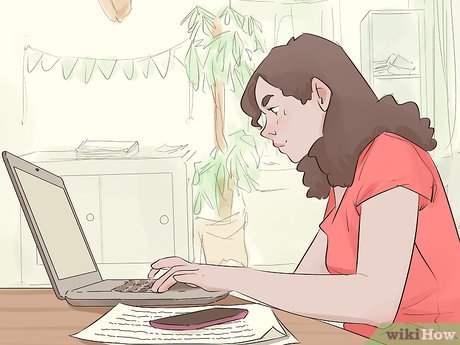
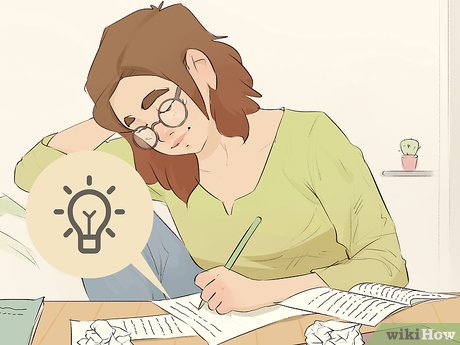
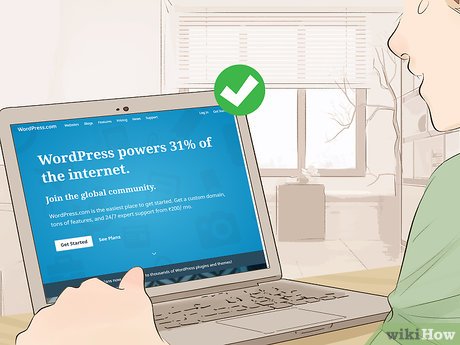
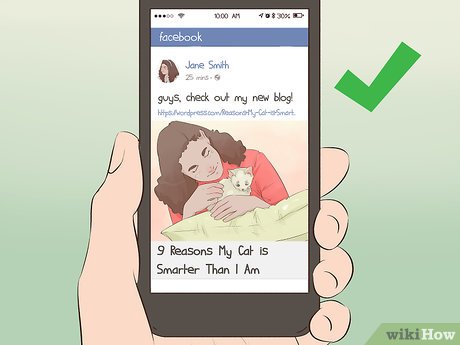

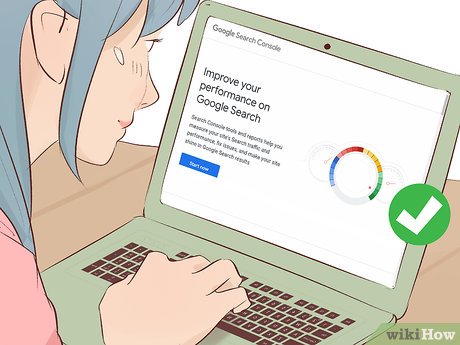
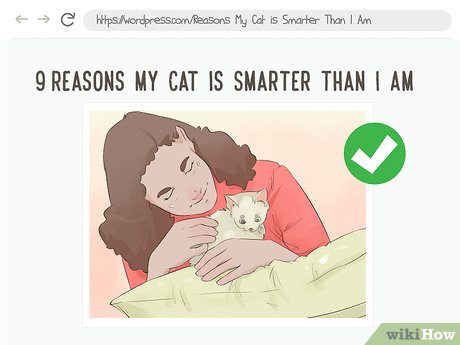

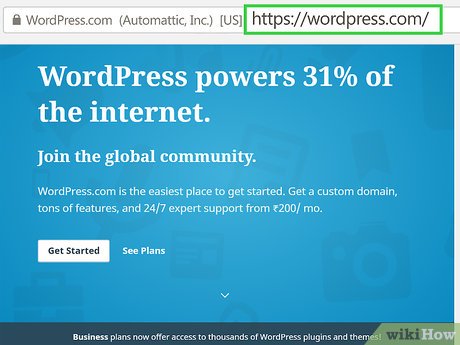

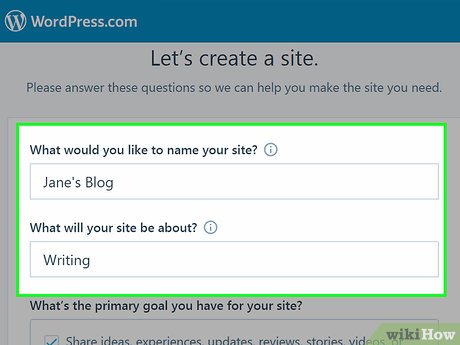
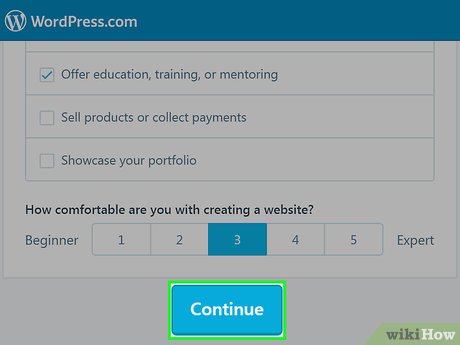
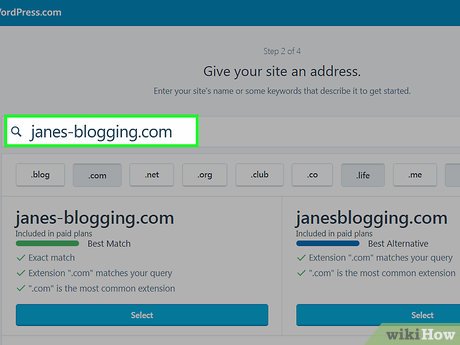
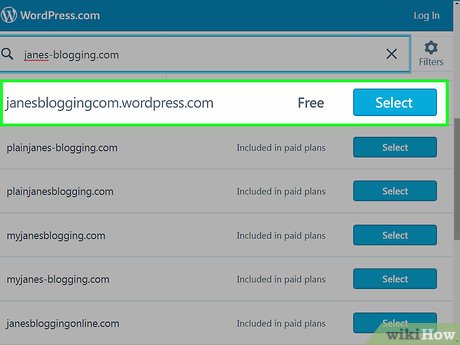
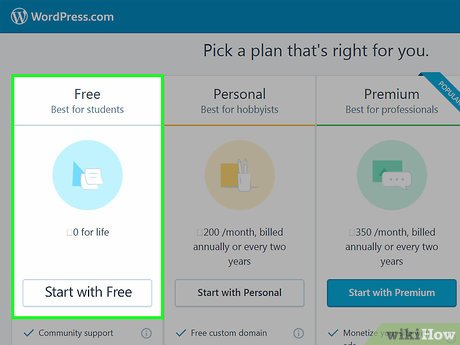
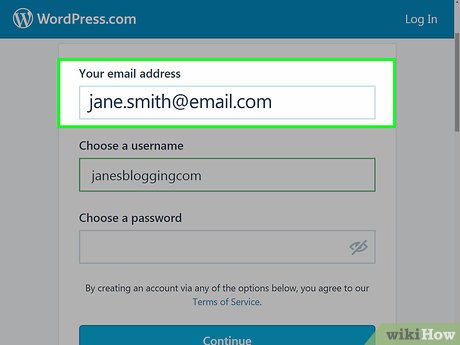
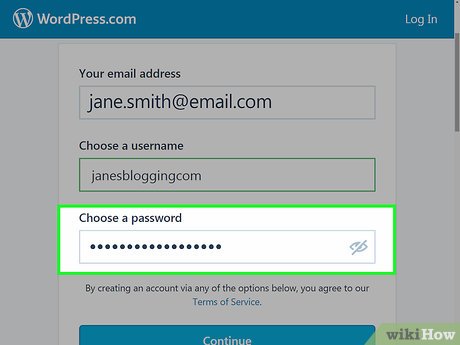
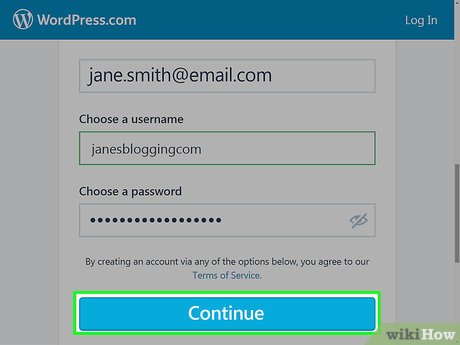
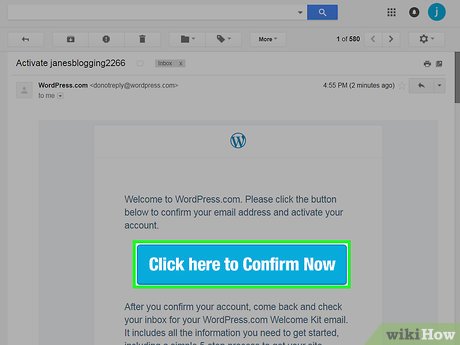
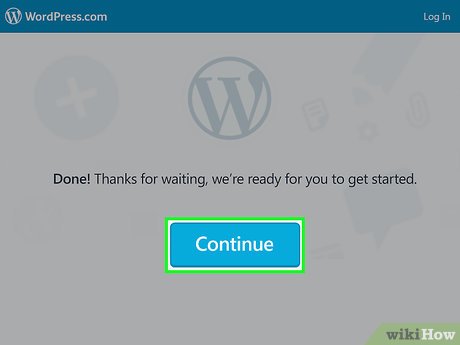
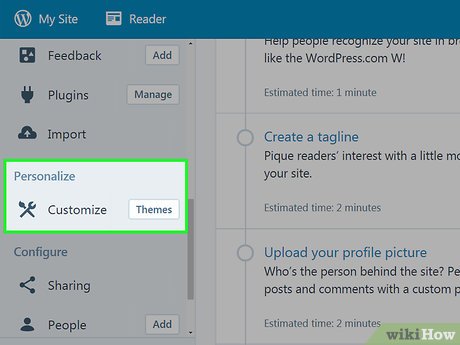
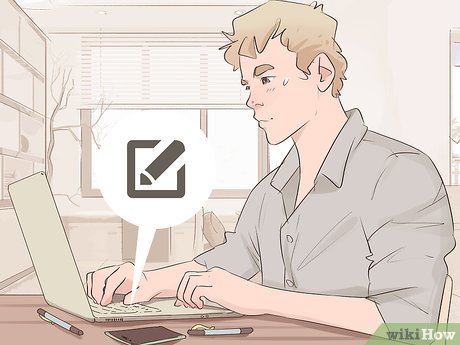
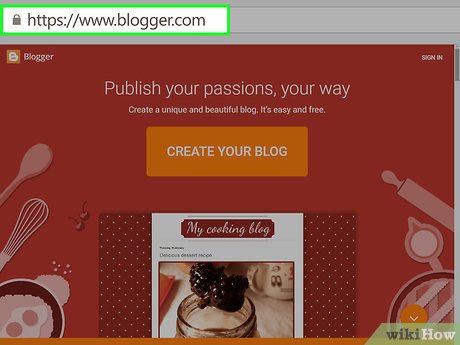

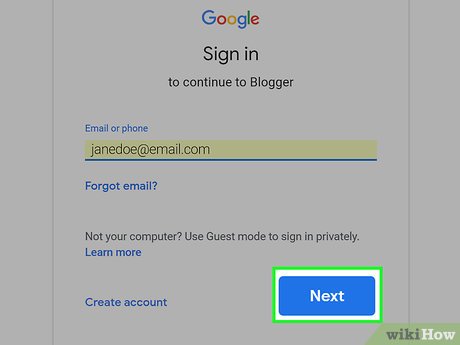
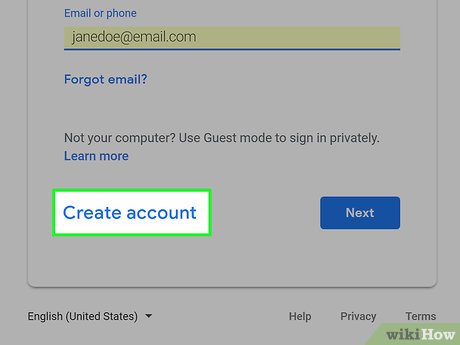
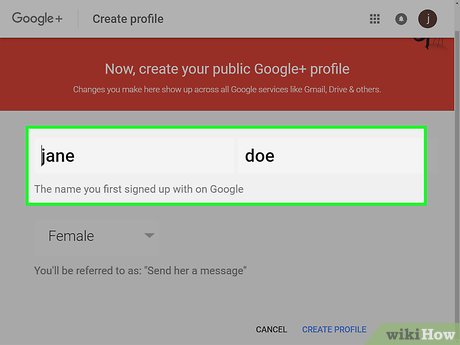
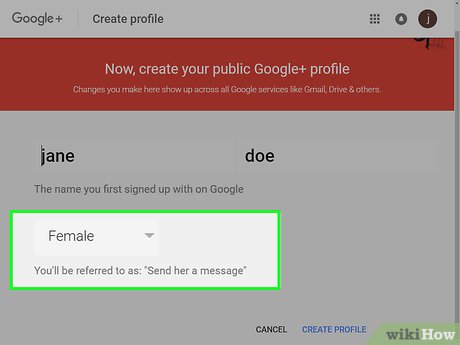
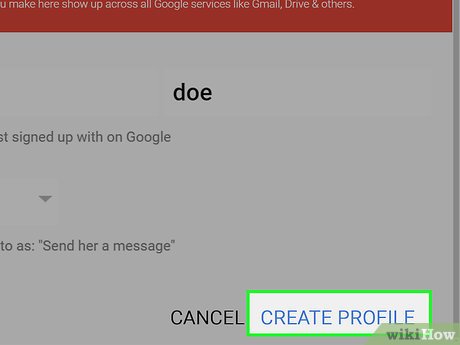
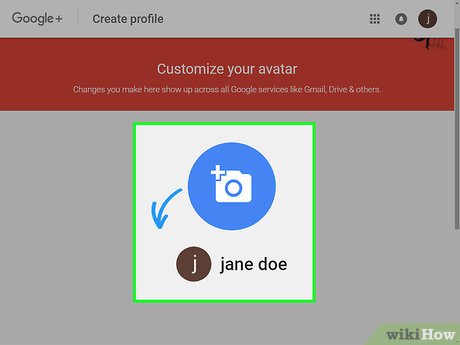
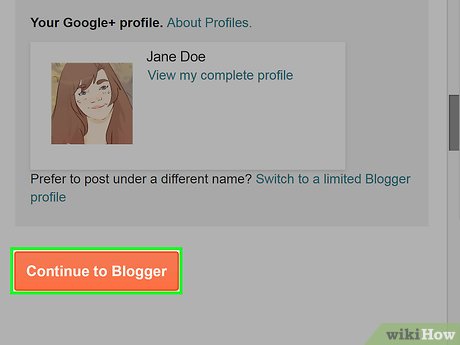
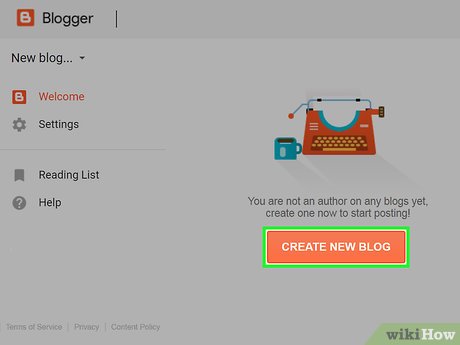
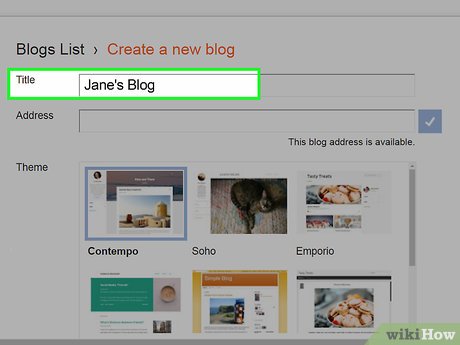
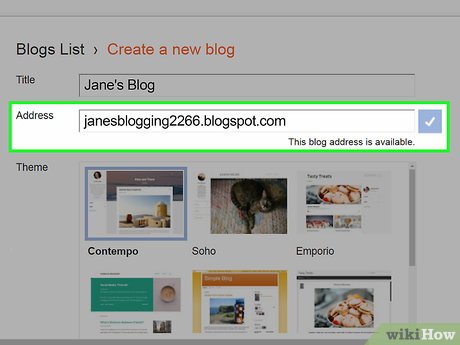
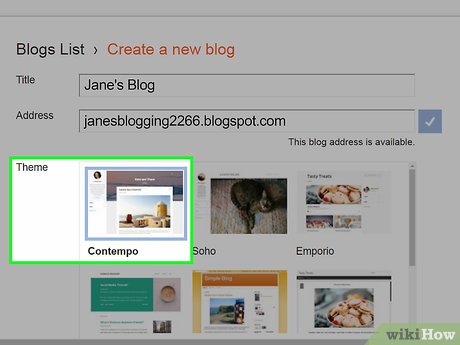
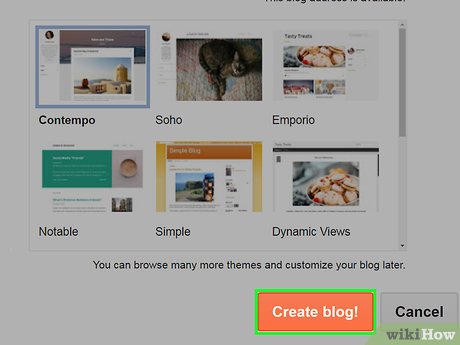
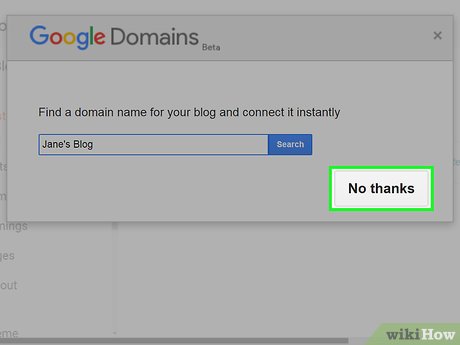
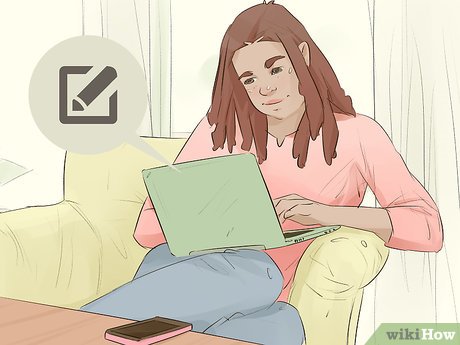










 How to Tell if Your Computer Has USB 2.0 Ports
How to Tell if Your Computer Has USB 2.0 Ports How to Access Public Folders in Outlook 2016 on PC or Mac
How to Access Public Folders in Outlook 2016 on PC or Mac How to Make a File Read Only
How to Make a File Read Only How to Add Desktop Wallpaper to Your Computer
How to Add Desktop Wallpaper to Your Computer How to Reopen a Tab
How to Reopen a Tab How to Record Text to Speech on PC or Mac
How to Record Text to Speech on PC or Mac